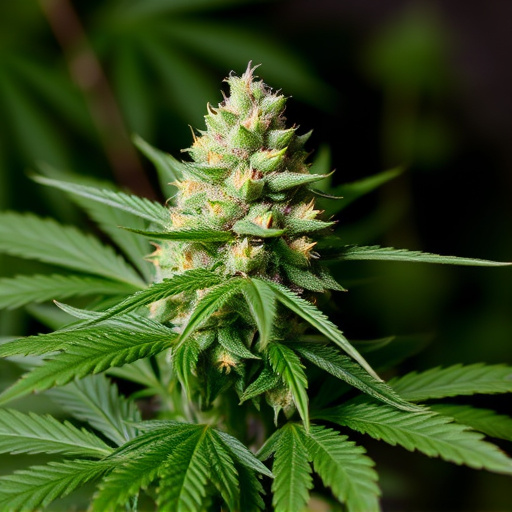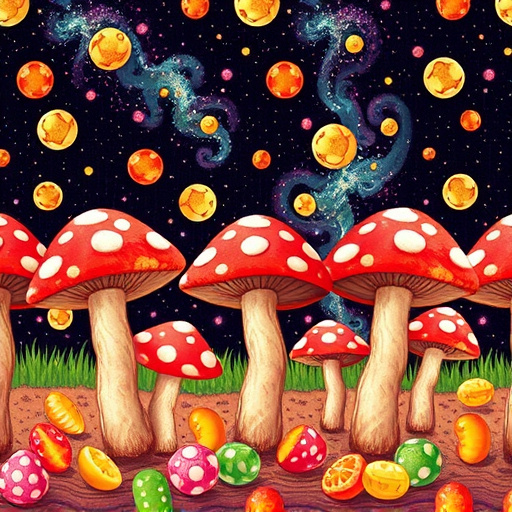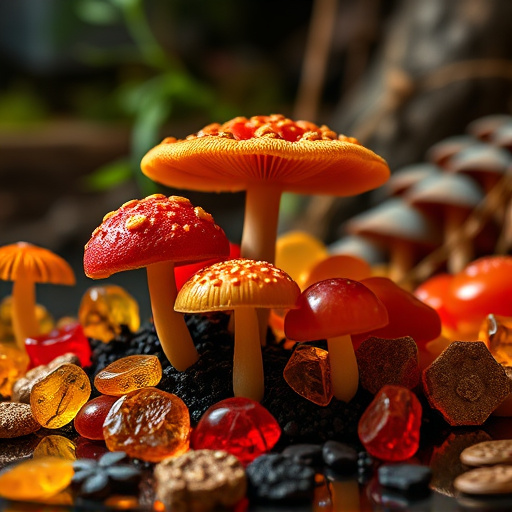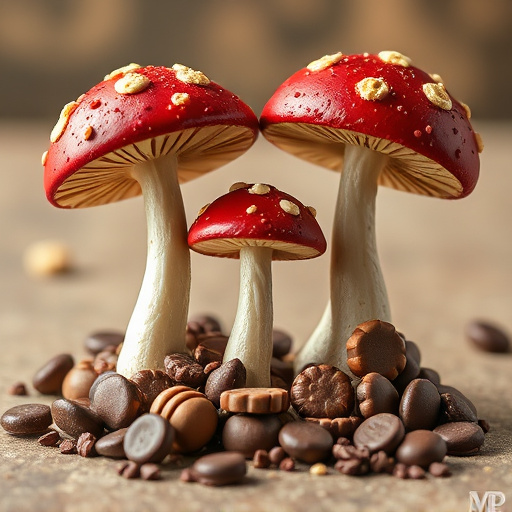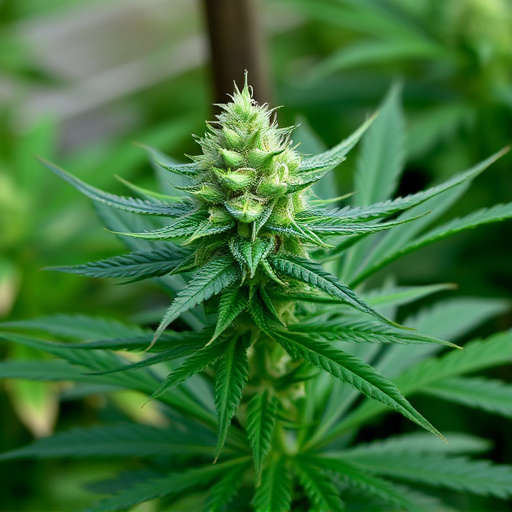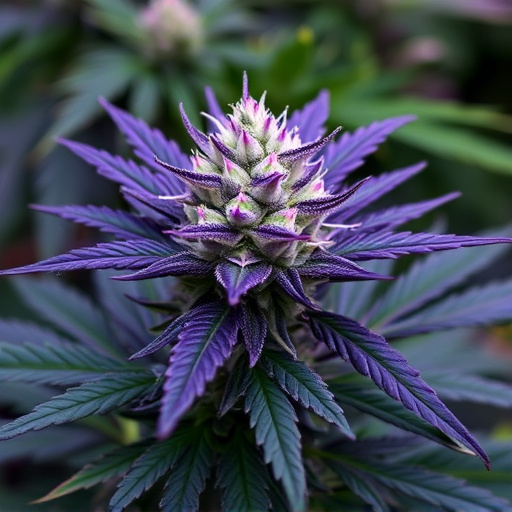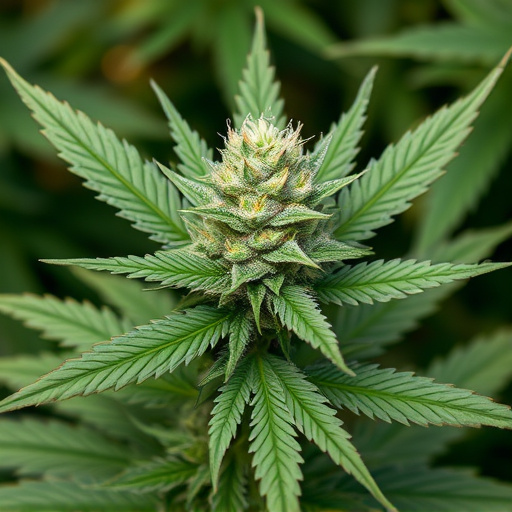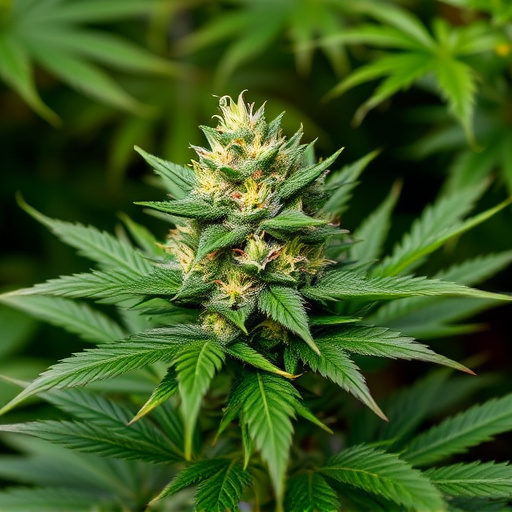The unique skunk aroma in cannabis is driven by terpene compounds, especially those with sulfurous notes, heavily influenced by genetic diversity. While popular strains like Blue Cheese and Granddaddy Purple are known for high myrcene levels contributing to musky, earthy scents, terpinolene and caryophyllene offer subtler floral/fruity and spicy/peppery undertones respectively. Researchers aim to uncover more about terpene profiles, potentially leading to the development of new best strains with distinctive and appealing aromas.
“Unravel the enigma of why some cannabis strains bear a distinct skunk-like aroma, far beyond mere curiosity. This article delves into the intricate world of cannabis genetics and cultivation techniques that shape these sensory experiences. We explore how specific terpene profiles, influenced by genetic heritage and environmental factors, contribute to the skunky notes in various strains. Discover the top best strains of cannabis known for their skunk aromas, offering unique terpene compositions and diverse therapeutic applications.”
- Genetics and Terpene Profiles: The Root of Skunkiness
- – Exploring the role of cannabis genetics in terpene production
- – How specific terpenes contribute to skunky aromas
Genetics and Terpene Profiles: The Root of Skunkiness
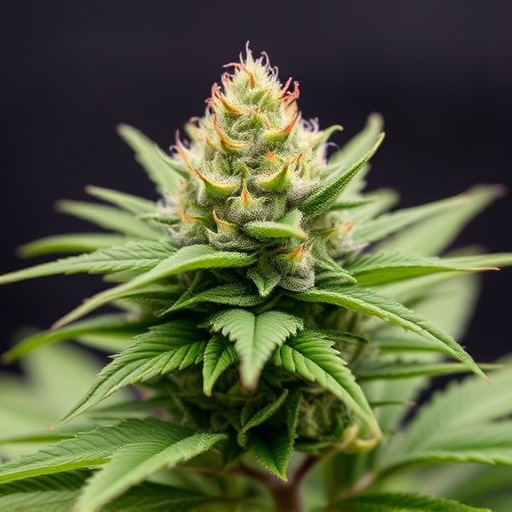
The skunk-like aroma in cannabis is largely attributed to a group of natural compounds known as terpenes, specifically those containing sulfur. These terpenes, such as myrcene and limonene, are responsible for many of the diverse scents and flavors we experience across different cannabis strains. Genetic diversity plays a significant role in determining these terpene profiles, leading to variations in skunkiness.
Among the best strains of cannabis known for their more subtle or reduced skunk notes, terpinolene and caryophyllene stand out. Terpinolene offers floral and fruity undertones, while caryophyllene provides spicy and peppery hints. Such terpene combinations contribute to a more complex and nuanced aroma profile, moving away from the overwhelming skunkiness that some strains exhibit.
– Exploring the role of cannabis genetics in terpene production
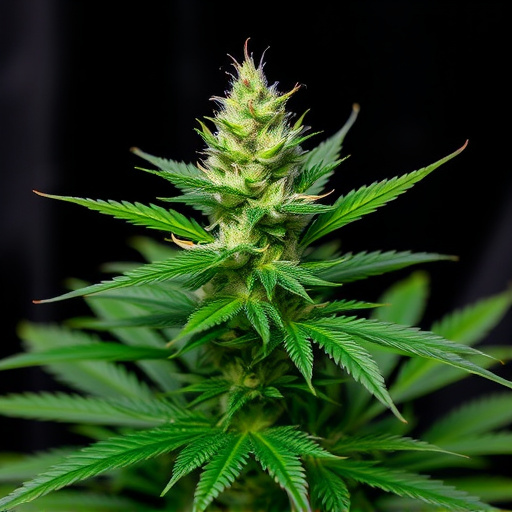
The unique aroma and flavor profile of cannabis are largely attributed to the presence of terpenes, aromatic compounds that contribute to the characteristic scents we associate with different strains. Cannabis genetics play a pivotal role in determining terpene production, leading to variations in smell across various strains. Each strain’s genetic makeup dictates the types and concentrations of terpenes synthesized by the plant, resulting in distinct aromas ranging from fruity and floral to earthy and pungent.
Understanding these genetic influences is particularly relevant when exploring the best strains of cannabis known for their intense or skunk-like odors. Skunky aromas are often attributed to higher levels of myrcene, a common terpene with a musky, earthy scent. Certain cannabis varieties have been cultivated specifically for their robust myrcene content, creating powerful and distinctive smells. By delving into the genetic aspects of terpene synthesis, researchers aim to uncover the secrets behind these aromatic variations, potentially leading to the development of even more desirable best strains of cannabis with unique and appealing scents.
– How specific terpenes contribute to skunky aromas
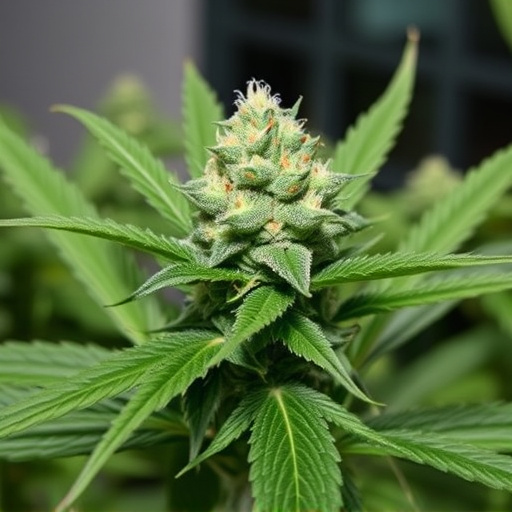
The distinctive skunk-like aroma in certain cannabis strains is largely attributed to specific terpenes, which are aromatic compounds naturally occurring in the plant. These terpenes play a crucial role in shaping the overall scent profile of different cannabis varieties. One prominent terpene known for its skunky characteristics is myrcene. Found in high concentrations in several popular best strains of cannabis, such as Blue Cheese and Granddaddy Purple, myrcene imparts a musky, earthy, and slightly pungent aroma.
Another terpene contributing to the skunkier notes is limonene, known for its citrusy scent. While it’s often associated with uplifting and refreshing aromas in other strains, certain cultivars have higher levels of limonene, giving them a more pronounced skunky edge. The interaction between these terpenes and cannabis’ primary psychoactive compound, THC, creates the familiar pungent odor that many cannabis enthusiasts recognize.
In the diverse world of cannabis, the distinct skunk-like aroma is a result of genetic variations and terpene profiles. Understanding these factors helps cultivators craft the best strains of cannabis with desirable sensory characteristics. Terpenes, such as myrcene and limonene, play a pivotal role in shaping the overall fragrance, with myrcene often linked to its pungent skunk note. By selectively breeding plants with higher terpene concentrations and specific genetic traits, growers can produce varieties that cater to diverse consumer preferences, ensuring an enjoyable experience for those seeking the perfect blend of aroma and effect.


